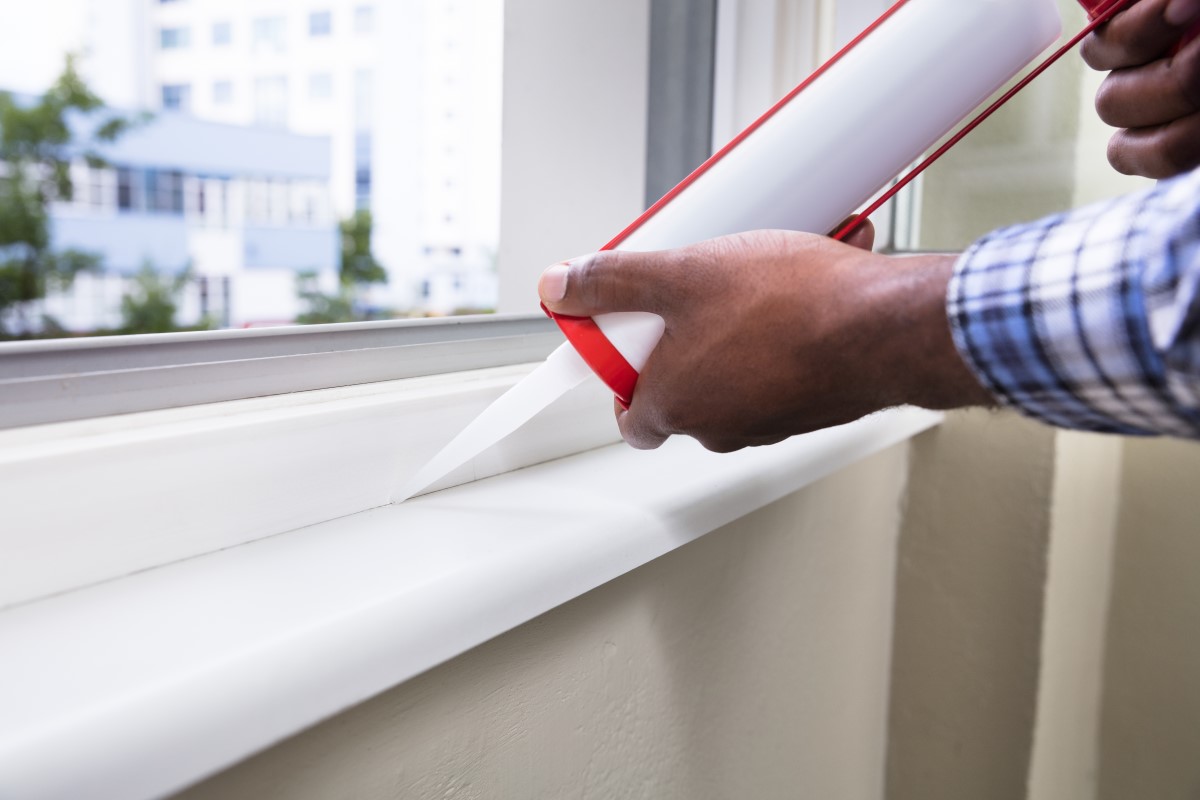Air-sealing is one of the most critical steps in improving building energy efficiency, comfort, and durability. By blocking leaks and gaps in a structure, air-sealing reduces wasted energy, prevents moisture damage, and improves indoor air quality. Both residential homeowners and commercial property managers benefit from applying effective air-sealing Techniques. This guide explores the technical aspects, methods, and long-term advantages of air-sealing.
Why Air-Sealing Matters in Buildings
Air leakage reduces building efficiency and increases energy costs. Sealing cracks and gaps in the building envelope ensures conditioned air stays inside while unconditioned air stays out.
Connection Between Air Leakage and Energy Loss
Uncontrolled airflow forces heating and cooling systems to work harder. According to building science research, air leakage can account for up to 30% of energy waste in typical homes. Commercial buildings experience similar losses, which directly increase operating costs.
Comfort and Indoor Air Quality Improvements
Air-sealing prevents drafts and reduces the entry of outdoor pollutants. By maintaining consistent indoor temperatures, it creates a more comfortable environment for residents, tenants, and office occupants.
Key Areas Where Air Leakage Occurs
Identifying where leaks commonly occur allows property owners to prioritize air-sealing efforts.

Building Envelope Weak Points
The most common leakage points include attics, basements, crawl spaces, windows, and door frames. Utility penetrations for plumbing, wiring, and ventilation ducts are also frequent problem areas.
Residential vs Commercial Structures
In homes, attic bypasses and rim joists often require sealing. In commercial buildings, leakage is frequently found around curtain walls, HVAC penetrations, and roof-wall connections.
Effective Air-Sealing Materials and Methods
The choice of materials directly influences the durability and performance of an air-seal. Different conditions call for different solutions.
Spray Foam Applications
Closed-cell spray foam provides insulation and air-sealing in one application. It fills irregular gaps and bonds to surfaces, creating a continuous air barrier.
Caulks and Sealants
Flexible caulks are effective for small cracks and gaps around window frames, baseboards, and trim. They maintain adhesion even as building materials expand and contract.
Weatherstripping for Openings
Weatherstripping improves door and window seals. It is one of the simplest yet most effective measures to reduce drafts in both residential and commercial properties.
Rigid and Flexible Barriers
In large-scale projects, sheet membranes and rigid boards may be applied to act as continuous air barriers across walls and roofs. These methods are common in high-performance commercial construction.
Step-by-Step Process for Air-Sealing
A systematic process ensures thorough results. Both homeowners and facility managers can follow these stages for effective outcomes.

Inspection and Testing
Blower door tests help measure leakage levels. Infrared thermography identifies hidden gaps that are not visible to the eye.
Prioritizing Major Leaks
Large openings near ducts, chimneys, or structural connections should be sealed first. Addressing these areas provides immediate improvement in efficiency.
Layering Techniques
Combining methods, such as spray foam for large voids and caulking for small cracks, ensures a complete seal. This layered approach reduces the chance of overlooked leaks.
Moisture and Durability Considerations
Air-sealing does more than control energy loss. It also plays a crucial role in moisture management and long-term building durability.
Preventing Condensation
When warm indoor air leaks into cold spaces, condensation forms. Air-sealing prevents this transfer, reducing the risk of mold growth and material degradation.
Protecting Structural Materials
Wood, insulation, and drywall all degrade faster when exposed to uncontrolled moisture. A sealed envelope protects these materials, extending building lifespan.
Comparing Air-Sealing Approaches
Each air-sealing technique offers unique strengths. Understanding differences helps property owners choose the most effective solution.
Comparison Table of Common Techniques
Common Questions Around Air-Sealing Techniques
Practical concerns often determine how property owners approach air-sealing. Addressing these questions clarifies the application and benefits of different methods.
Can Air-Sealing Be Done in Existing Buildings?
Yes. Retrofitting older homes and commercial spaces is possible through targeted sealing. Techniques such as dense-pack insulation with air-sealing membranes make upgrades practical without major renovations.
Does Air-Sealing Replace the Need for Insulation?
No. Insulation and air-sealing serve different functions. Insulation slows heat transfer, while air-sealing stops uncontrolled air movement. Both must work together for optimal efficiency.
How Long Do Air-Sealing Solutions Last?
Longevity depends on the material. Spray foam and membranes can last for decades, while caulks and weatherstripping may need periodic reapplication or replacement.
Conclusion
Air-sealing is a proven strategy for improving energy efficiency, reducing utility costs, and enhancing comfort. By blocking leaks in the building envelope, property owners protect structures from moisture damage while creating healthier indoor environments.
The most effective air-sealing strategies combine methods suited to different parts of a building. Spray foam, caulk, weatherstripping, and membranes each play a role in creating a durable, airtight envelope. Whether applied to residential homes or commercial facilities, these techniques deliver measurable long-term benefits.
Visit us: https://www.premierinsulationga.com/?utm_source=backlink
FAQs
What areas of a building should be prioritized for air-sealing?
Attics, basements, crawl spaces, windows, doors, and utility penetrations are the most common sources of leakage. Sealing these areas first provides the greatest improvement.
Does air-sealing improve indoor air quality?
Yes. By reducing outdoor pollutants, allergens, and drafts, air-sealing improves the quality and stability of indoor air.
Is air-sealing effective in commercial buildings?
Yes. Large buildings benefit from continuous air barriers that reduce HVAC loads, protect equipment, and improve occupant comfort.
Can air-sealing reduce heating and cooling bills?
Yes. By stopping air leaks, air-sealing reduces energy loss, which directly lowers heating and cooling costs year-round.
How does air-sealing affect building durability?
It reduces moisture transfer, preventing condensation and protecting materials like wood, drywall, and insulation from long-term damage.
Reviewer: Jack Parker, a spray foam professional with 7 years of experience, reviewed this post and helped improve sections dealing with brand clarity and customer communication.






Comments